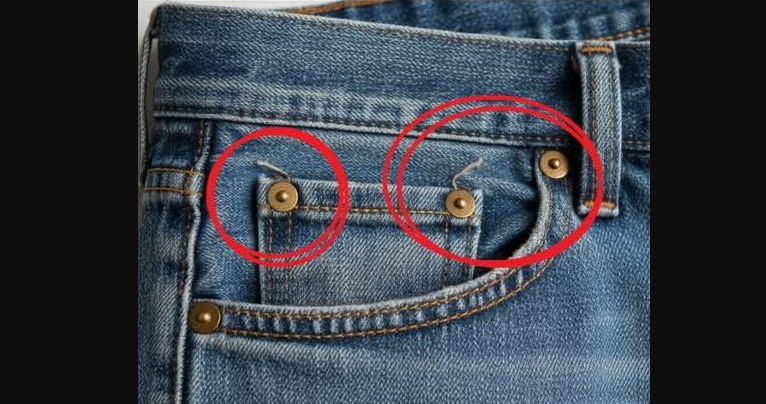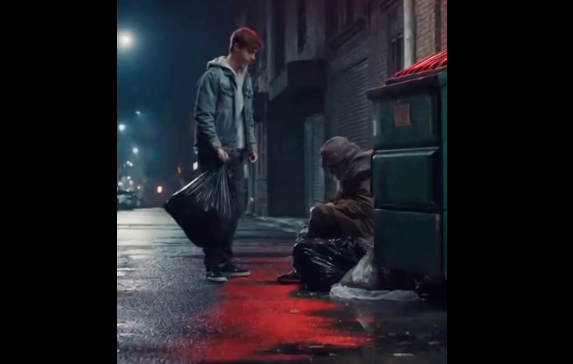Many enthusiasts of denim apparel discover with interest that the small metal buttons found on their jeans fulfill a vital role in the garment’s construction. These compact pieces, typically crafted from copper or similar durable alloys, go by the name of rivets and represent far more than simple embellishments. Manufacturers position them strategically at critical locations, including the corners of pockets and other stress points, to provide substantial reinforcement. Their primary function involves bolstering the material in regions prone to repeated strain and tension. This thoughtful addition enables jeans to endure extended use while preserving their original form and integrity over time.
The origins of rivets trace back to the 1870s, a period when jeans served primarily as rugged workwear for laborers in challenging professions such as mining and railroad construction. A skilled tailor by the name of Jacob Davis observed that specific sections of pants tended to weaken and tear under heavy daily demands. To address this issue effectively, he introduced small metal reinforcements directly onto the areas experiencing the greatest stress. Recognizing the value of his innovation, he formed a partnership with Levi Strauss, a prominent fabric merchant, and together they secured a patent for this enhancement in 1873. This practical invention quickly transformed the landscape of durable clothing and laid the foundation for modern denim.
Rivets operate by effectively dispersing force throughout the surrounding fabric, preventing concentrated pressure from causing rips or failures. Constructed from resilient materials like brass or copper, they maintain their effectiveness through years of washing, bending, and stretching. Areas reinforced with rivets demonstrate remarkable resistance to fraying, particularly in pockets that hold tools, keys, or other items. This reinforcement keeps seams intact and supports the overall structure of the jeans during active wear. The presence of these reinforcements highlights how minor engineering elements contribute significantly to the longevity and reliability of everyday garments.
In contemporary denim production, numerous brands proudly incorporate visible rivets as a symbol of traditional quality and attention to detail. Other manufacturers opt for alternative methods, such as heavy-duty bar tack stitching, to achieve similar reinforcement while enhancing wearer comfort in certain styles. Rivets continue to appear in various forms across classic and fashion-forward designs, often featuring branded engravings or customized finishes. They evoke the enduring legacy of workwear that evolved into a global style icon. From heritage reproductions to everyday pairs, these metal accents connect wearers to over 150 years of innovation in textile durability.
The introduction of rivets marked a pivotal moment in clothing history, born from real-world needs during the American West’s industrial era. Jacob Davis, working in Reno, Nevada, initially applied the concept after a customer’s request for exceptionally tough pants led him to repurpose copper fasteners from horse blankets. Word spread rapidly among workers who valued pants that withstood crouching, lifting, and carrying heavy loads without splitting at the seams. The collaboration with Levi Strauss allowed mass production, turning a local solution into a standard feature that defined blue jeans for generations.
Today, rivets serve dual purposes in many jeans: they offer subtle reinforcement where modern fabrics and threads already provide strength, and they add an authentic touch that appeals to those who appreciate denim’s roots. Premium brands often use solid copper rivets that develop a unique patina over time, complementing the fading process of indigo dye. This aging process creates a personalized look that enthusiasts cherish. Meanwhile, innovative designs sometimes feature hidden rivets or fully stitched reinforcements to prioritize smoothness against the skin, especially in slim-fit or athletic styles.
The next time you select a pair of jeans from your wardrobe, pause to examine those small metal details closely. They embody a story of ingenuity, partnership between Jacob Davis and Levi Strauss, and ongoing evolution in apparel design. These elements remind us that thoughtful features from the past continue to influence how manufacturers create reliable, stylish clothing in the present day. Rivets stand as a testament to the blend of functionality and heritage that makes denim a timeless choice for people around the world.





